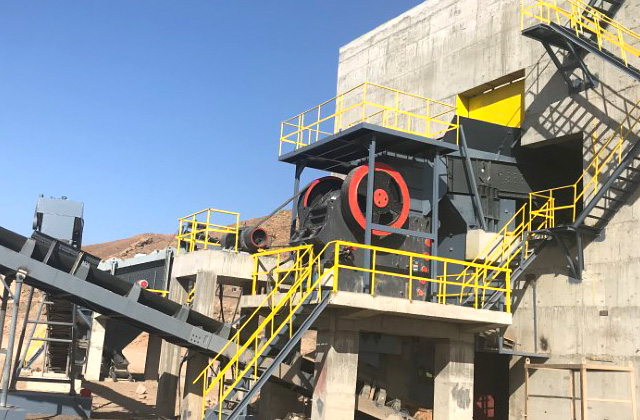Limestone is a sedimentary rock composed primarily of calcium carbonate (CaCO3) in the form of the mineral calcite. It is widely utilized in various industries due to its abundance and versatile properties. Limestone processing involves several stages, including mining, crushing, sorting, and grinding, to produce limestone products of various sizes and applications. In this essay, we will focus on the role of the mining crusher in limestone processing.
Mining of Limestone:
Limestone is typically mined from open quarries or underground mines. The process begins with the removal of overburden or topsoil to expose the limestone deposit. Blasting or drilling techniques are then used to break up the limestone into manageable pieces. These extracted limestone blocks are transported to the crushing plant for further processing.
Crushing Stage:
The mining crusher plays a crucial role in the initial processing of limestone. It is designed to reduce the size of large limestone blocks into smaller particles for easier handling, transportation, and subsequent processing. Various types of crushers are commonly used in limestone crushing plants, including jaw crushers, impact crushers, and cone crushers.

Jaw crushers are often used for primary crushing, where large rocks are initially reduced in size. The crushed limestone is then conveyed to secondary crushers for further reduction. Impact crushers, on the other hand, utilize the principle of impact and are suitable for producing cubical-shaped particles. Cone crushers are commonly used for fine crushing and shaping of the final product.
Sorting and Grinding:
After the initial crushing stage, the limestone undergoes sorting to separate different grades of limestone based on their size and quality. This sorting process ensures that limestone of the desired specifications is used in various applications. The sorted limestone is then transported to grinding mills, where it is further processed into a fine powder.
Grinding mills, such as ball mills or vertical roller mills, are commonly used for limestone grinding. These mills utilize rotating drums or rollers, along with steel balls or other grinding media, to crush and grind the limestone into the desired fineness. The ground limestone is then stored in silos or packed into bags for shipment or further use.
Applications of Limestone:
Limestone has a wide range of applications in various industries. It is commonly used as a construction material, where it is crushed and mixed with other materials to produce concrete, asphalt, and mortar. Limestone is also used in the production of iron and steel, as a flux to remove impurities. It serves as a raw material in the manufacturing of glass, paper, and chemicals.
Additionally, limestone is utilized in agriculture to improve soil quality and as a component in fertilizers. It is used in the flue gas desulfurization process to remove sulfur dioxide emissions from power plants. Limestone is also employed in the production of lime, which is used in steelmaking, water treatment, and soil stabilization.
In conclusion, limestone processing involves several stages, including mining, crushing, sorting, and grinding. The mining crusher plays a crucial role in reducing large limestone blocks into smaller particles for further processing. The processed limestone finds widespread applications in construction, manufacturing, agriculture, and environmental sectors, making it a valuable and versatile resource.
